Corporate Video Production Melbourne | Dream Engine | Australia
The corporate video production company for communication and marketing departments in Melbourne.
Lighting for Video Production
Lights, camera, action…
Lighting is an important tool for a videographer. The way we see light and the way a camera sees light is very different, so before a shoot it is important to do some research and planning.
The role of Lighting
Lighting can be a huge asset in telling the story you are trying to communicate to viewers. Thinking about how light can make you feel. If you are in a dark room with lots of shadows that might make you feel unsure or even scared. But being in a brightly lit room filled with warm light can make you feel comfortable and at ease. It can help you to establish the mood of your video.
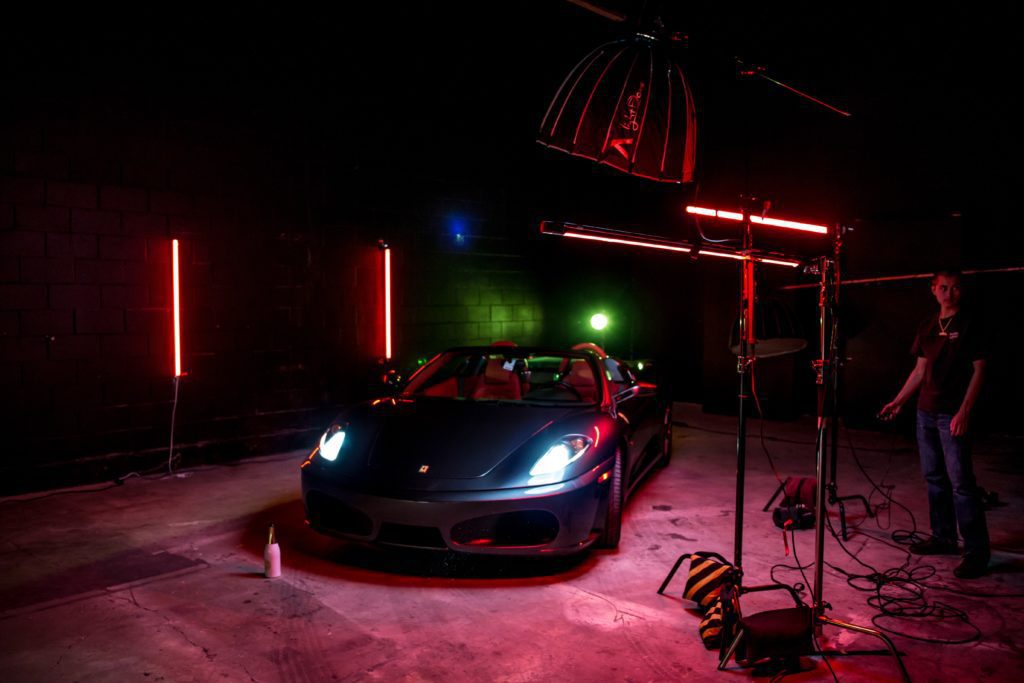
Setting up in a studio
When working in a studio you have complete control. There are no widows or any sources of natural light. This gives you consistent lighting for the duration of your shoot. This is especially useful when filming over numerous days, making colour grading much easier. The other benefit of working in a studio is easy accessibility. Most studios have loading areas and plenty of space, making it much easier for a crew to bring in equipment.
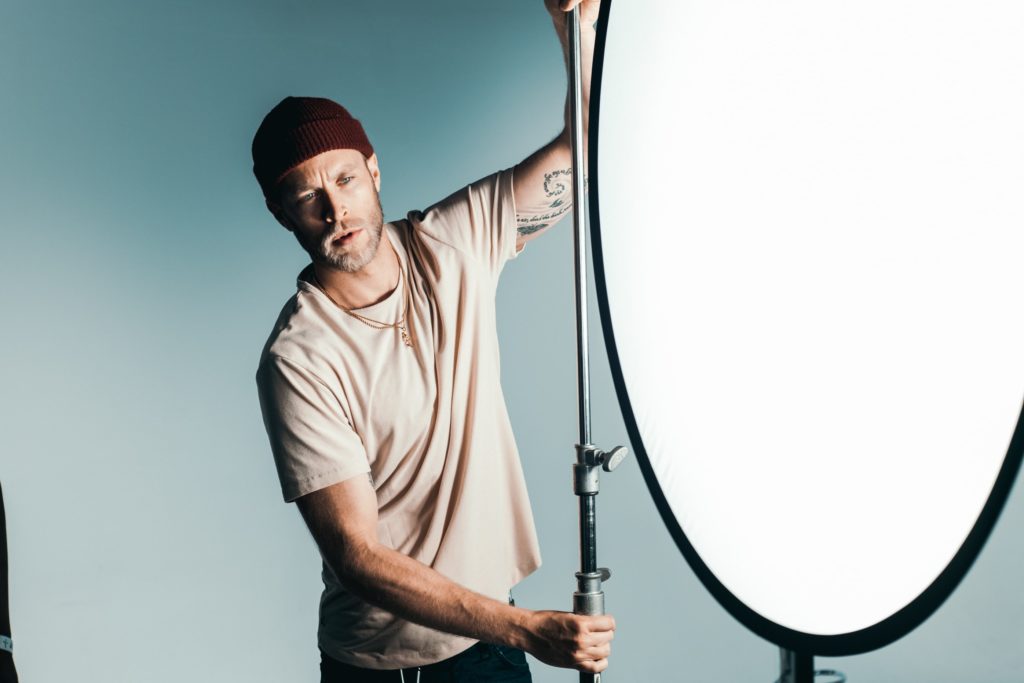
Interviews
One of the most common lighting setups is interviews. For interviews most video companies will use what is called Three Point Lighting. Imagine a person sitting in a chair ready to be interviewed with a camera positioned directly in front of them. One light would be placed facing the subject to one side of the camera. This is the main light, or key light. A second light, the fill light, is then placed to the other side of the camera facing the talent. This is used to reduce any harsh shadows on the person’s face created by the key. The final light is the back light. This is positioned behind the subject directly opposite the fill. The back light helps separate the interviewee from the background. By using this setup your interviewee will be evenly lit and footage will look professional.
Read this article for more information on Three Point Lighting.
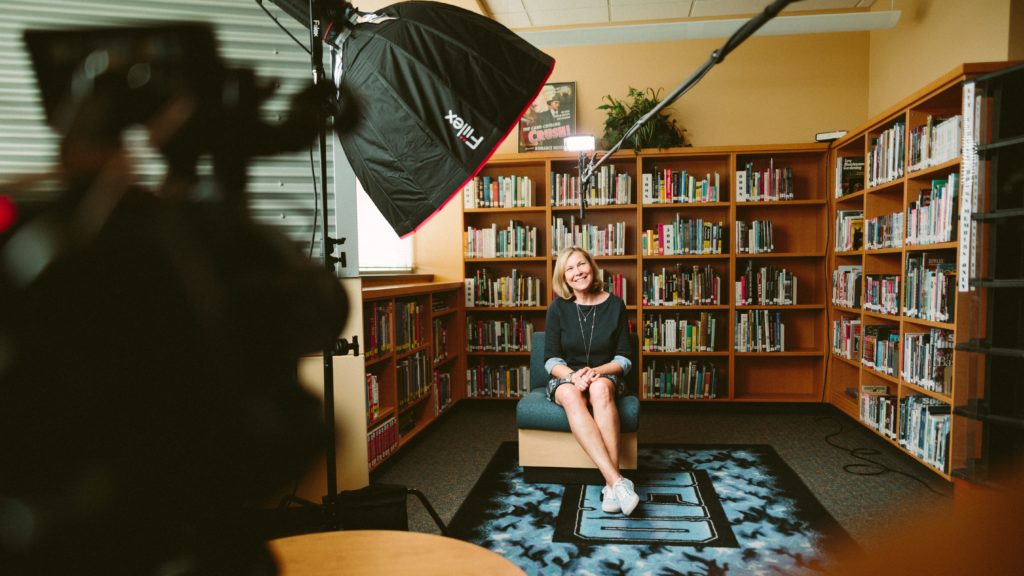
On-location
Lighting on-location takes a little more forward planning than in a studio environment. Unlike a studio environment, chances are you will be working with natural, and therefore changing, light. Before filming make sure you visit the location at the time of day you plan to shoot. This way you can get an idea of what it will look like. Take note of where the light is coming from. This is mainly for when shooting indoors. Where are the windows located? Is there a sky light? Also notice the amount. Is there enough natural light to work with or will you need additional equipment as well? If so, how are you going to work with the available light and artificial light to create the look you are hoping for? Make sure the equipment you chose compliments the natural light.
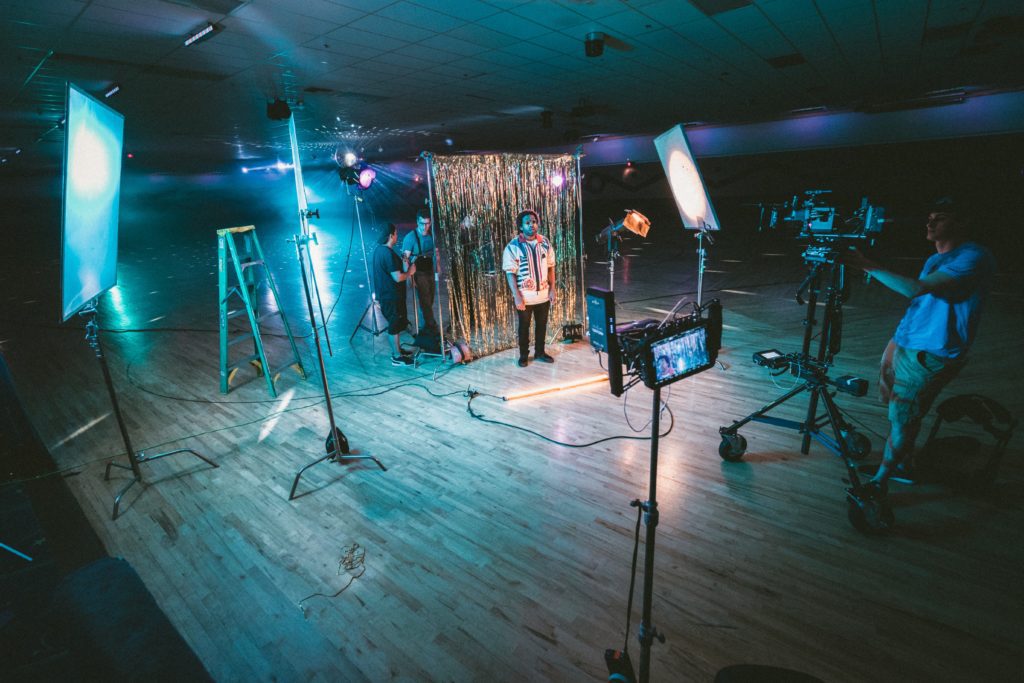
Remote video Lighting
With the global pandemic still heavily present in everyday life, remote videos have become a great alternative. A remote video is one or more people appearing on a video call. This call is recorded and then the footage is used to create the video. Most people at home or in the office do not have any light equipment to make sure their video will look good. But there are a few things you can do to improve the lighting of your remote video. Make sure that the area you chose for your remote video is well lit. If inside try positioning yourself facing a window. Avoid sitting or standing directly under overhead light as it will make harsh shadows under your eyes, nose, and chin. Also use laps and position them nearby.
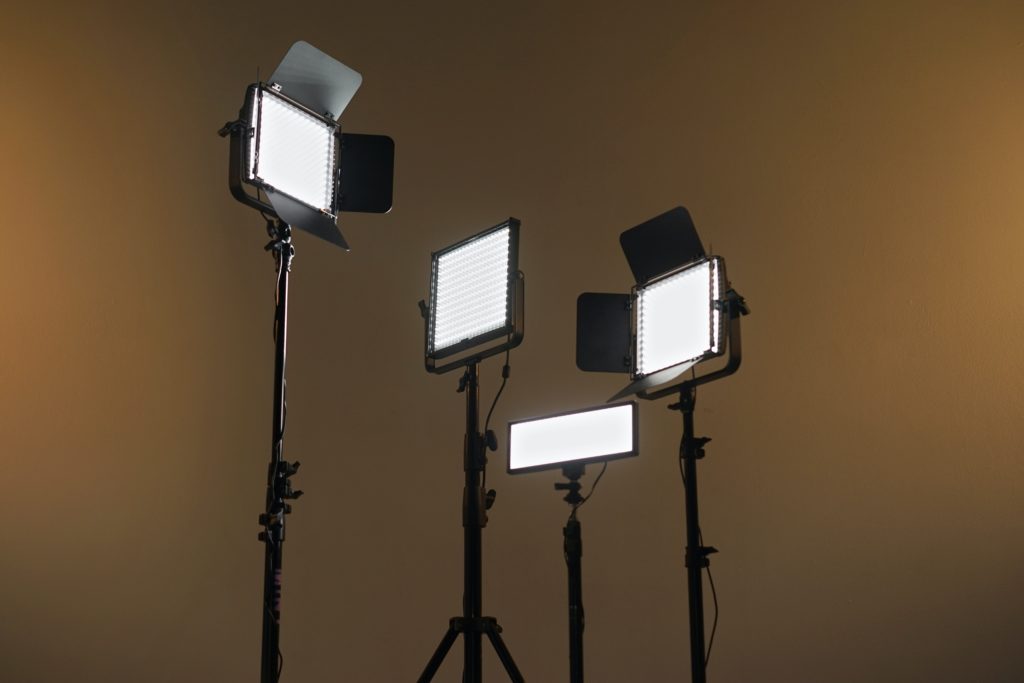
Magic Hour
The best time of day to shoot using natural light is magic hour, also known as golden hour. Magic hour is the first hour or so after sunrise and before sunset. It’s the ideal time to film because the light is soft and golden. Wherever possible, avoid shooting around midday. When the sun is highest in the sky, the light is often very harsh which will create hard shadows.
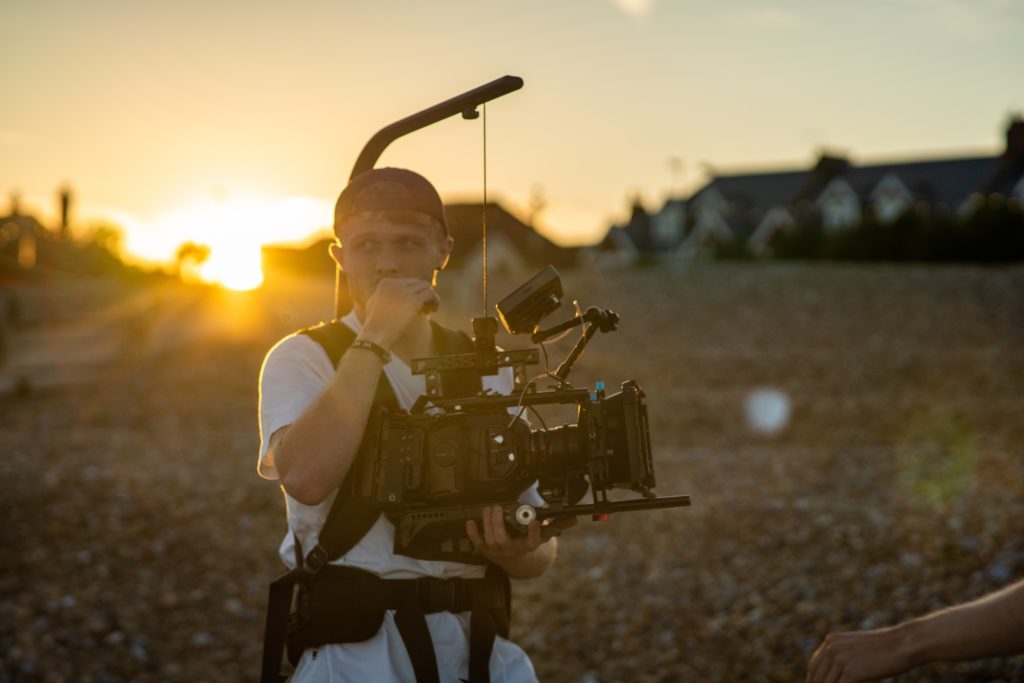
Next Steps
Lighting is a key storytelling tool in video making. Keep reading for information about Sound Recordists. And to return to the Video Production Process page, click here.